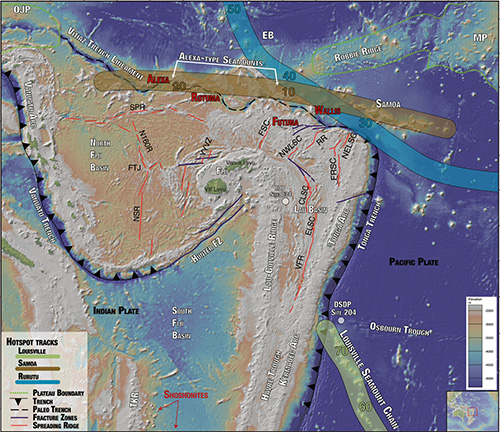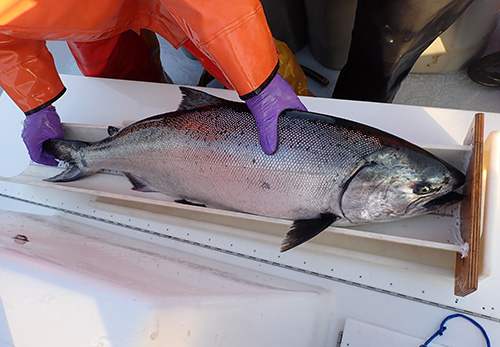Earth & Planetary Sciences
-

Alumnus goes to great depths to sustain the study of oceans
After earning his Ph.D. at UC Santa Cruz, James Hein became world-renowned for his deep-ocean research. He has left an indelible mark in his field and is now leaving a legacy in Earth and Planetary Sciences at UCSC by establishing an endowment that will help prepare the next generation of geoscience oceanographers.
-

Paul Koch stepping down after 12 years as dean of physical and biological sciences
The Division of Physical and Biological Sciences has made exceptional strides in key areas under Dean Koch’s leadership.
-

Geoscientist Emily Brodsky elected to the National Academy of Sciences
Emily Brodsky, professor of Earth and planetary sciences, has been elected to the National Academy of Sciences in recognition of her distinguished and continuing achievements in original research.
-

As the California sea lion population got bigger, so did male sea lions
Unlike other marine mammals, male California sea lions have gotten bigger over the past 50 years as their population has grown.
-

Elephant seals drift off to sleep while diving far below the ocean surface
Brainwave patterns show elephant seals take short naps while holding their breath on deep dives, averaging just 2 hours of sleep per day while at sea.
-

Grad student Huazhi Ge wins postdoctoral fellowship for planetary science research
Huazhi Ge, a doctoral candidate in planetary science at UC Santa Cruz, has won a prestigious 51 Pegasi b Fellowship from the Heising-Simons Foundation to support his postdoctoral research.
-

Planetary scientist Myriam Telus wins NSF CAREER Award
Myriam Telus, assistant professor of Earth and planetary sciences at UC Santa Cruz, has received a Faculty Early Career Development (CAREER) Award from the National Science Foundation (NSF) to support her research on the atmospheres of rocky exoplanets.
-

Earth scientist James Zachos honored for climate change research
The BBVA Foundation Frontiers of Knowledge Award in the Climate Change category recognizes Zachos and fellow paleoclimatologist Ellen Thomas of Yale University.
-

Bering Land Bridge formed surprisingly late during last ice age, study finds
By reconstructing the sea level history of the Bering Strait, scientists found that the strait remained flooded until around 35,700 years ago, not long before humans began migrating into the Americas.
-

Breaking up is hard to do: Separation of Fiji and Vanuatu tied to Samoan seamounts
New analyses of volcanic rock samples collected in the 1980s link the geologic histories of these South Pacific islands to explain their current locations and character.

